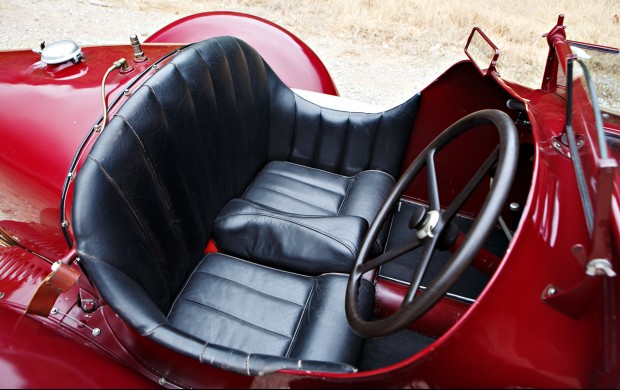
Alfa Romeo 8C 2300 Monza: Birth of a Legend
The 1931 Alfa Romeo 8C Monza emerges as a symbol of engineering excellence and racing spirit, representing a milestone in the history of sports cars. Developed by Vittorio Jano in the Portello factory between 1931 and 1934, it was available in various versions, including the Monza made in just 9 units, characterized by an in-line 8-cylinder engine that defined new standards in the sector. This iconic car not only reinforces the myth of the Alfa Romeo brand, but continues to capture the admiration of sports car enthusiasts even almost a century later.


The 2300 Le Mans model, with its unique design and extraordinary performance, has set records and consolidated the Monza name with a legacy that transcends time and constant engineering development. The car’s structure included a steel chassis and aluminum body to reduce weight, with a total mass of around 1,000 kg.



The engine was a work of engineering art: a 2.3-liter inline 8-cylinder, later increased to 2.6 and 2.9, a light alloy twin-block and twin-cam engine equipped with a volumetric compressor. Available in both coupe and spider versions, the bodies were created by renowned coachbuilders such as Touring and Zagato, making each 8C one of a kind. The victories at the 24 hours of Le Mans in ’31 and ’34 consecrated it as a true motorsport icon.




The reach of the Alfa Romeo 8C Monza’s influence extends far beyond its triumphs on the racetrack, leaving an indelible mark in the automotive industry and the collective imagination of sports car enthusiasts. Its success highlights the importance of vision, innovation and craftsmanship, principles that continue to inspire future generations of engineers and designers. A continuous appreciation and deeper contemplation of its multiple contributions to the world of cars resumed in 2007 with the 8C grand tourer, a thoroughbred sports car capable once again of combining style and performance and giving the world another instant classic of rare beauty.




